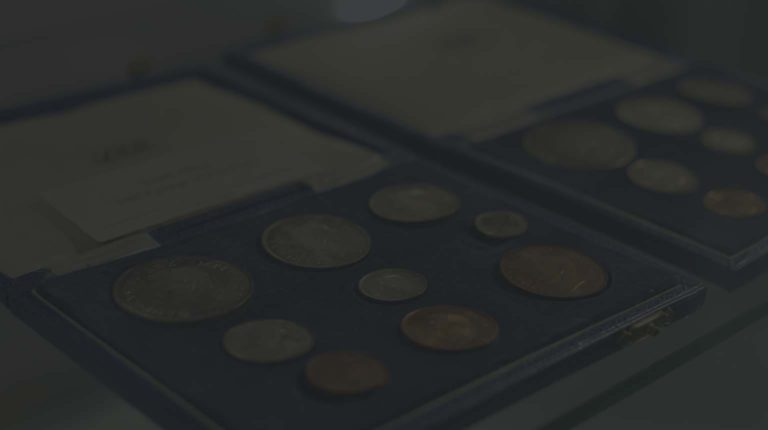The Romans hated kings. Since XXX BC Rome had been ruled as a Republic, and as a Republic, had risen to become the dominant power in Western Europe. Hannibal was defeated. Greece was occupied, and Celtic Gaul was being subdued thanks to a popular general by the name of Gaius Julius Caesar. The Senate controlled Rome. A select group of high-ranking citizens controlled the armies and almost all elements of Roman society.


Caesar’s military denarius depicts a snake (the senate) being crushed by Caesar’s power. Silver Denarius, 49 BC, Moving Mint.
Caesar is without a doubt one of the most famous figures in history. He was cunning, ruthless and ambitious. His ambition, combined with the strength and loyalty of his armies, resulted in him Crossing the Rubicon, and eventually being elevated to ‘Dictator for Life’ – a newly created position reserved only for him. The Senate hated this, but had to oblige – Caesar had the military might to do essentially what he wanted.

A traditional Roman Republican silver denarius featuring the head of Roma. Silver Denarius, Rome, 137 BC.
During the Roman Republic, coins were issued by moneyers and featured motifs relevant to Roman history or mythology. The heads of gods appear commonly on these coins as well as animals and buildings. During the 1st century BC, the faces of ancestors begin to appear, but never a living person. Caesar changed this. He was the first living person ever depicted on a Roman coin.

Caesar’s denarii would have caused a stir. Clearly portrayed are his distinctive facial features. Silver Denarius, Moneyer M. Mettius, Rome, February 44 BC.
Silver denarii were issued in 44 BC onwards, bearing Caesar’s portrait in impressive detail. All of the dictator’s features were depicted as Caesar wanted, there was no flattery. Suetonius, writing in the 2nd Century AD, describes Caesar’s appearance as ‘lean, with a long and wrinkled neck, prominent nose and thinning hair’, all of which are visible on his coins. Some bear the inscription ‘CAESAR DICT PERPETVO’ or ‘Caesar, Dictator for Life’. Thanks to Caesar’s historical fame, coins bearing his portrait are very valuable today.

The coins of Caesar’s Assassins were generally more conservative, pushing Roman Republican values. Silver Denarius, Moving Mint, 43-42 BC.
Depicting himself on Rome’s coinage would certainly have infuriated the Senate – it may have been the last straw. On the 15th March, 44 BC, knives were drawn in the Senate house. Caesar was assassinated, and the conspirators ousted from the city. Caesar’s Assassins struck coins as well. Brutus, in a somewhat hypocritical move, issued a rare few coins depicting his own portrait, and two daggers, with the inscription ‘EID MAR’ referring to the Ides of March. He did, however, return to more traditional designs supporting civil liberties and freedoms. During their campaigns against the Pro-Caesarean factions of the civil war which erupted after Caesar’s death, the assassins Brutus and Cassius issued coins from moving military mints, most of which are rare. They were both defeated at the Battle of Philippi, in 42 BC.

Octavian’s naval victory at Actum was celebrated on a silver denarius issued for the anniversary. Silver Denarius, Rome, 27 BC.
Caesar’s right-hand man, Mark Antony, and his adoptive son, Octavian, would continue to grapple for power for another decade. This would eventually culminate in the Battle of Actium, which saw the defeat of Antony and Cleopatra, and Octavian’s ascension to sole ruler of the Roman World, and the first Roman Emperor.


